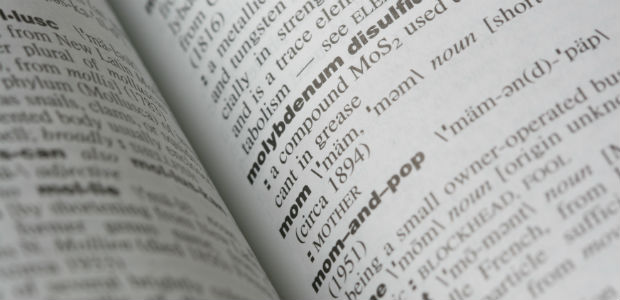This post was written by Kaye McDaniel
Most English-speaking countries put great emphasis on using your own thoughts and ideas and citing the source of those that are not your own. This does not just stem from laws regarding copyright and intellectual properties. This comes from centuries of personal genius, hard work, research and a respect for creative renaissance.
This is instilled in most of us at a very young age and slammed into us when we forget it. Using the ideas of others without giving them proper credit could cost you a final exam, an entire course, or your academic integrity. But this is not the case everywhere, and many of your EFL students abroad may not comprehend the rules we abide by.
Don’t be too hard on your English students. Plagiarism (and do note that we are distinguishing this from general cheating) is typically up to interpretation on a culture-by-culture basis. Students in East Asia, for instance, tend to be the most common perpetrators. Why? Because they spend their entire school lives living by the book and spewing out information fit for standardized tests to escalate through their school systems (yes, many middle and high schools have entrance exams!).
When it comes time for them to do written assignments, they continue to pull from books and literature – they just don’t cite because, for the most part, they have never really had to. Students working in pairs or groups may turn in identical papers, students may turn in papers they have used before or that a friend has used before, and students may just copy and paste straight from Wikipedia to answer the topic in question. This happens everywhere, and it’s up to you as the teacher to make sure your students understand that it is unacceptable (presuming the institute where you work agrees).
Make sure your students know what plagiarism is! You might find yourself surprised how many in your EFL classroom do not understand the concept of plagiarism, questionable appropriation, false paraphrasing, etc. So, be up front about this from the start. Give your students a clear explanation of what is acceptable and what is not and make sure they understand. If you don’t, and you find that a student has plagiarized, you will leave them nothing but completely confused when you scold or fail them for the infraction.
Sometimes it helps to explain to them that they will learn better when they utilize resources appropriately and spend more time using their own ideas in their assignments! Nobody learns from wiki-copy-and-paste, but your English students will learn from reading from sources and coming to their own conclusions or drawing up their own thoughts and ideas on the topic.









